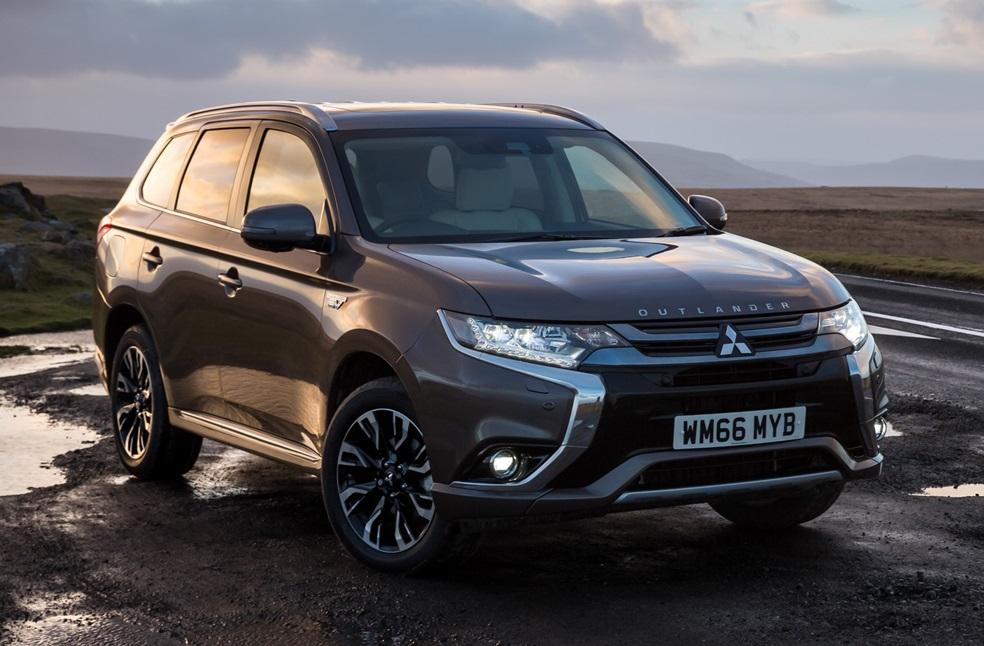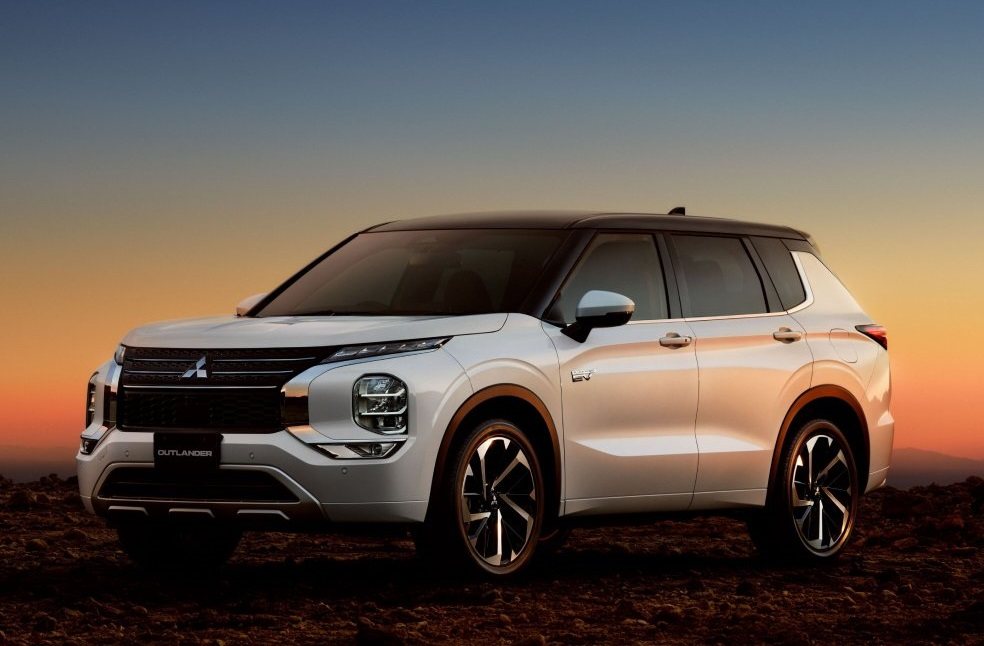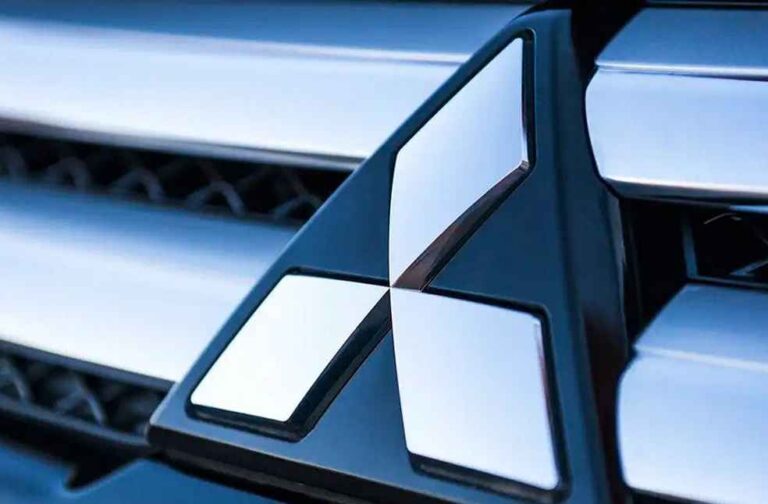Shaun Westcott, president and CEO of Mitsubishi Motors Australia, affirmed that the New Vehicle Efficiency Standard (NVES) penalties introduced by the Australian Government on July 1 won’t necessarily push consumers toward electric vehicles (EVs). Speaking at the local unveiling of the refreshed Mitsubishi Outlander, he argued that broader efforts are needed to reduce vehicle emissions while acknowledging the intent behind NVES regulations.
Shaun Westcott told CarExpert that the brand remains open to expanding its electric vehicle lineup in Australia and reaffirmed Mitsubishi’s intention to launch a new EV in late 2026, which is being jointly developed with Taiwanese partner Foxtron.
Mitsubishi has predominantly focused on plug-in hybrid vehicles (PHEVs) rather than fully electric vehicles (EVs) in the Australian market. The company says it is open to expanding its EV offerings if the nation’s charging infrastructure improves. To date, the Japanese automaker has released just one EV in Australia—the i-MiEV city car, which was available from 2010 to 2012. Since then, Mitsubishi has pivoted to PHEVs, launching the Outlander PHEV in 2017 and the Eclipse Cross PHEV in 2021.

Westcott noted that some of Mitsubishi’s competitors in Australia have launched electric vehicles (EVs), but consumer response has been relatively modest. He argued that waning interest in EVs isn’t solely tied to limited charging infrastructure; it also reflects concerns that battery electric vehicles still rely heavily on coal-generated electricity in many parts of the country.
He also remarked that rival brands in Australia have EVs sitting unsold in showrooms for months, forcing them to slash prices below production costs to shift stock—a situation he described as ‘unsustainable.’
“So, despite all the political commentary around it, it’s not the lack of EVs that’s causing the problem. It’s the lack of investment by the government in the infrastructure,” he added.

Under revised rules, automakers must now meet strict CO₂ emissions targets: 141 grams per kilometer for passenger vehicles and 210 grams per kilometer for light commercial vehicles and large SUVs. These limits will tighten annually through 2029, requiring manufacturers to offer progressively cleaner and more fuel-efficient models.
Shaun Westcott said Mitsubishi’s focus on plug-in hybrid vehicles (PHEVs) stems from their ability to match the typical driving habits of most Australians. Moreover, PHEV sales reached 25,613 units in the first half of 2025, fewer than the 47,145 electric vehicles (EVs) sold during the same timeframe.
NEW LAUNCH | BMW CE 04 Unveiled Globally with New Colors, Features





